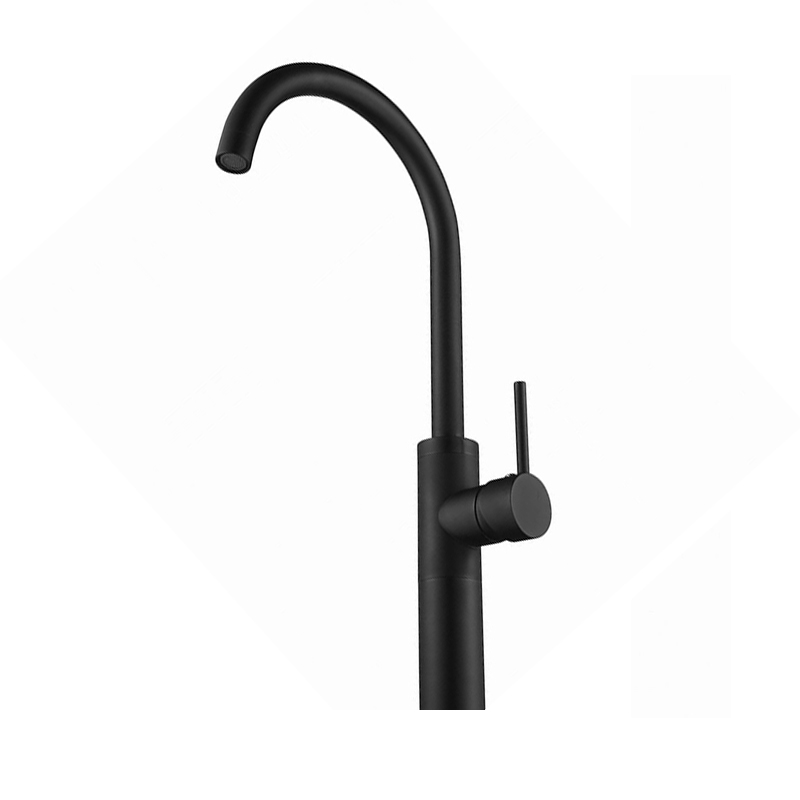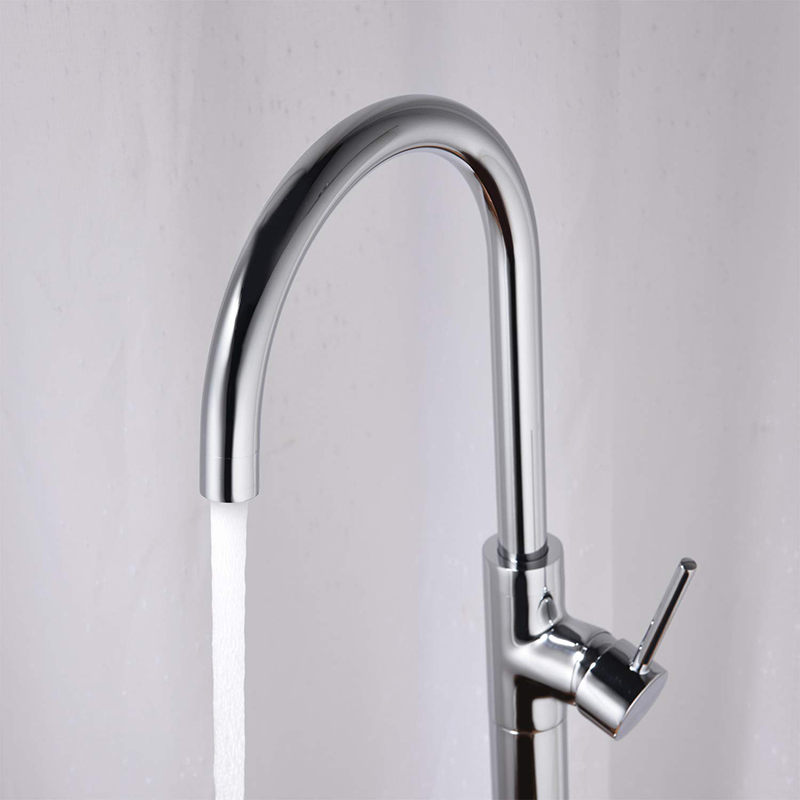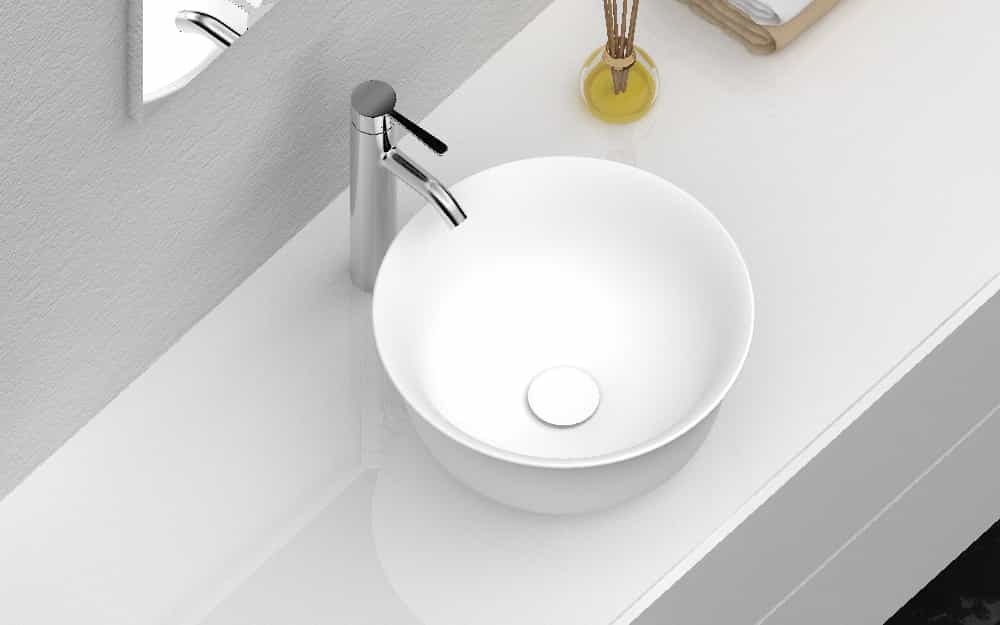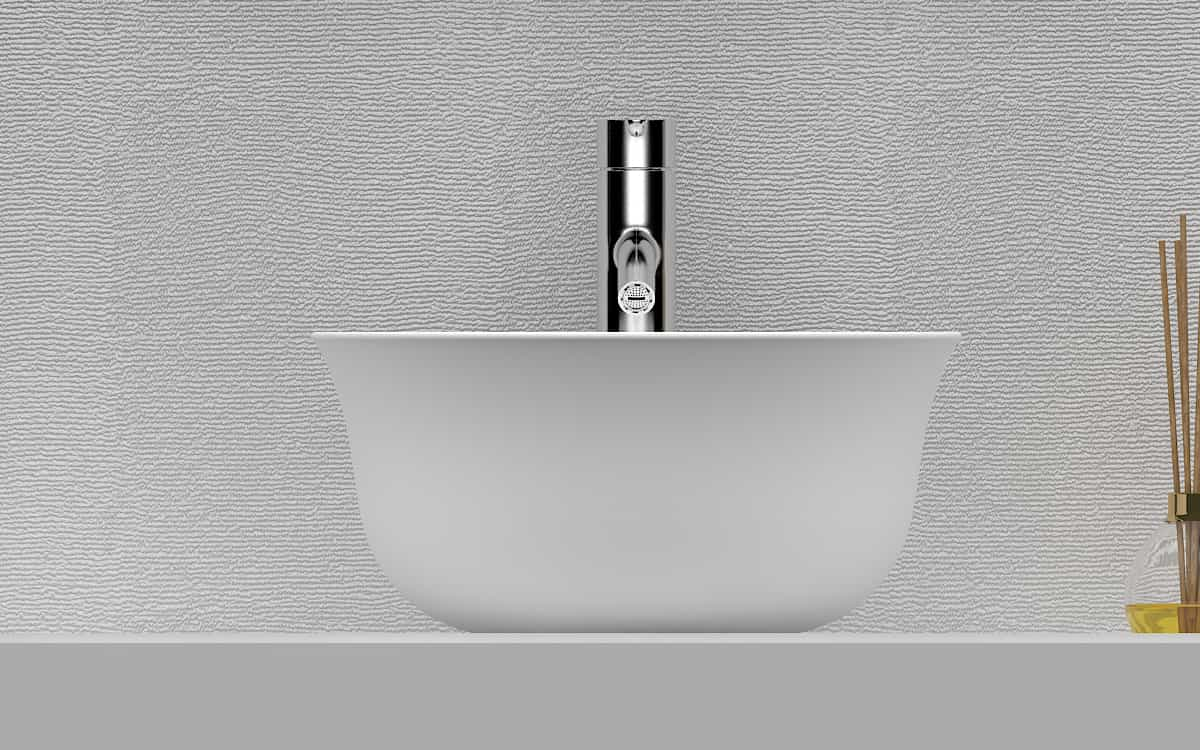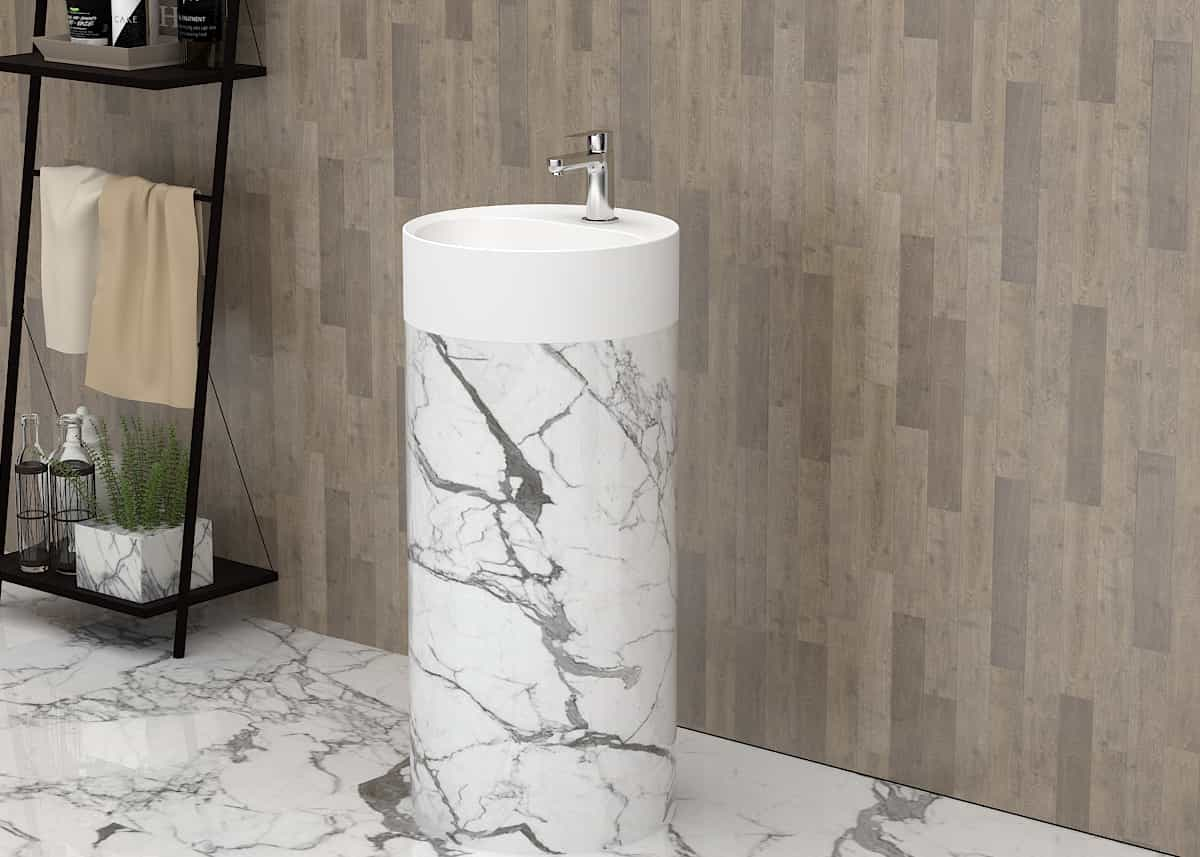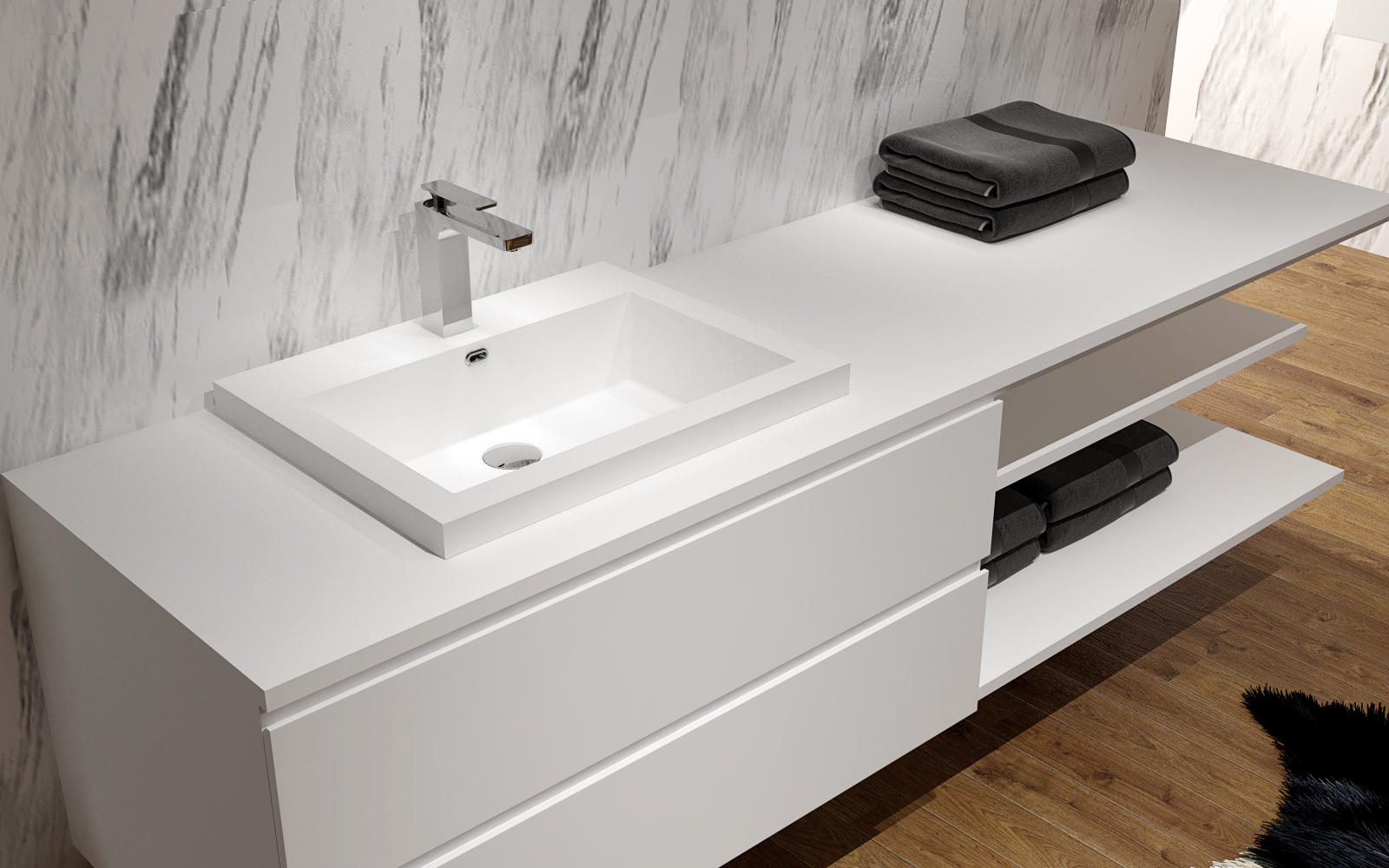
Now people can stay in the toilet for a long time as long as their mobile phone has electricity and wifi. But in ancient times, if a person didn’t come back from a long trip to the toilet, he might have fallen into a cesspool and drowned. Here’s a look at what toilets looked like in ancient times.
The pre-qin period is called Hun toilet, also is the meaning of the pigsty. Toilets at that time were built on a simple platform above the pigsty, where you could contemplate life from a commanding position, while below was a herd of pigs waiting for dinner, and waste was used directly without even flushing the toilet.
In the Qin Dynasty, there was a kind of toilet that only looked at the first come, the last come, and did not discriminate between men and women. It was called a toilet, but it was actually a big cylinder with a diameter of one meter. It is worth noting that the sewage in the tank varies in depth. If you are not careful, the sewage will splash on your buttocks, and you may even be drowned if you fall down carelessly. So going to the bathroom was a skill.
In the Han Dynasty, Han Emperor Liu Bang was born a rogue, when the emperor can not change a ruffian. In an important meeting, Liu Bang was in a hurry. In order not to delay the meeting, he took a civil servant’s hat as a toilet and solved it on the spot. Inspired by Liu Bang, the toilets of the Han Dynasty became smaller and smaller.
In the Tang Dynasty, the toilets were square in walls, and a tile was placed in front of the pit to prevent dirt from splashing beyond the pit, which is still in use today. It must be mentioned that the Tang Dynasty toilet also had a hole in the front wall, so that if someone else wanted to go to the toilet, they could shout loudly to avoid embarrassment.
Among the spoils captured by Zhao Kuangyin in the Song Dynasty, he especially liked a pot studded with agate and jade from Later Shu. Later he learned that it was the bedpan of the Later Shu emperor, so he fell down immediately. However, a new profession emerged in the Song Dynasty, because there were already public toilets and people who cleaned them and dumped excrement in designated areas.
In the Ming Dynasty, the toilet was generally higher than the ground, and the toilet was directly below the dung truck, which was mainly for the convenience of cleaning, but at that time, it was cleaned three times a month, and I’m afraid it still stinks to heaven.
There are 9,999 and a half rooms in the Forbidden City, but none of them are toilets, to ensure air quality in the Forbidden City. At that time, people in the palace used sitting stool regardless of their status, but the comfort level was different. At that time, the toilet seat was formed by the combination of bedpan and stool, stool in the middle of a round mouth, placed below the easy to take out of the bedpan, excretion immediately after the person poured into the manure cart out of the Forbidden City. The common people are not so exquisite, often free to relieve themselves, because the Qing Dynasty’s public toilets are charged, poor families can not afford to eat, where there is money to go to the toilet.
In ancient times, class differences can be reflected everywhere. If you are not born well, you are inferior even to go to the toilet.










